Should you tile all the walls in a small bathroom? The keys things to consider before shopping for tiles
The pros and cons of tiling a bijou bathroom from floor-to-ceiling
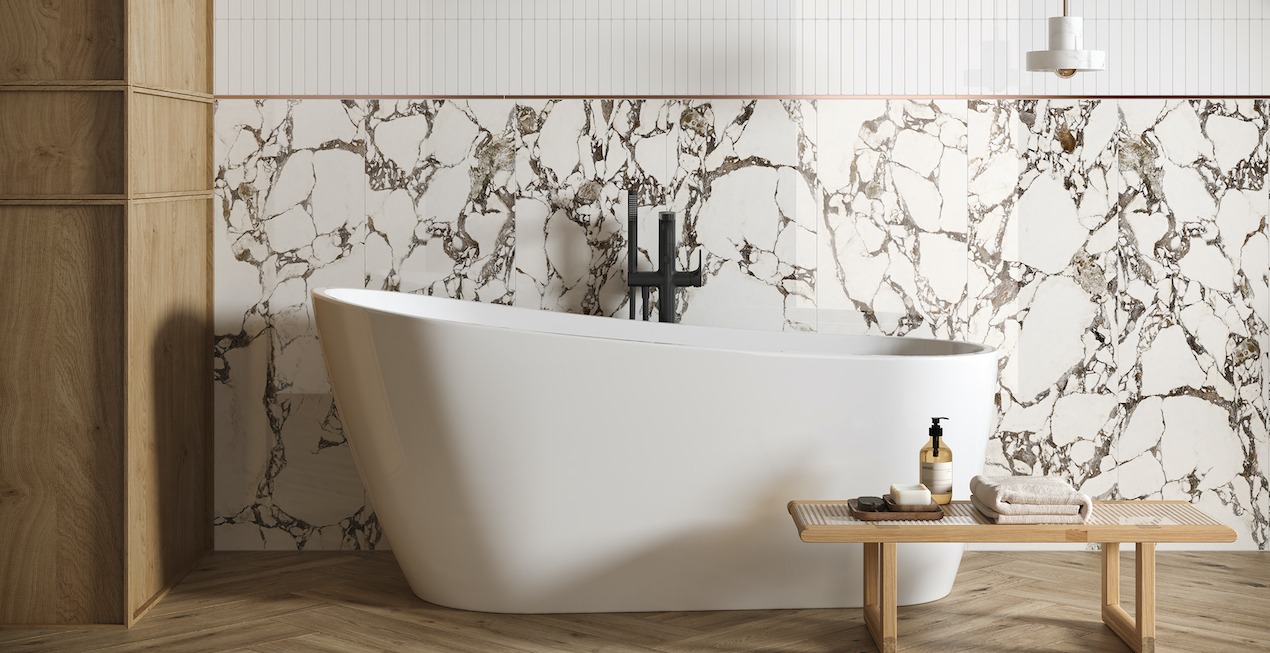

If a bathroom reno is on the cards, you’ve probably been drooling over tile designs left right and centre. There are loads of things to consider when choosing tiles, but the decisions that will have the biggest impact on your budget, and the end look, is how many square metres you will need to buy and where you put them. So you maybe be wondering - should you tile all the walls in a small bathroom, ro not?
Small bathroom tile ideas will of course require fewer tiles to cover all the walls than bigger bathrooms but that doesn’t necessarily mean it is a good idea. Yes, it can lead to a sleek, cohesive look that makes the space appear larger and more unified. And nobody is disputing the low maintenance, easy clean, waterproof genius of going all-out with tiles.
However, it can also evoke ‘hospital waiting room’ levels of sterility, which is not the atmosphere anyone deliberately seeks for their bathing sanctuary. The experts have ticked off all the pros and cons, as well as the essentials you need to know when tiling a small bathroom. So, if you’re torn between full tiling, half tiling or no tiles at all, do keep reading.
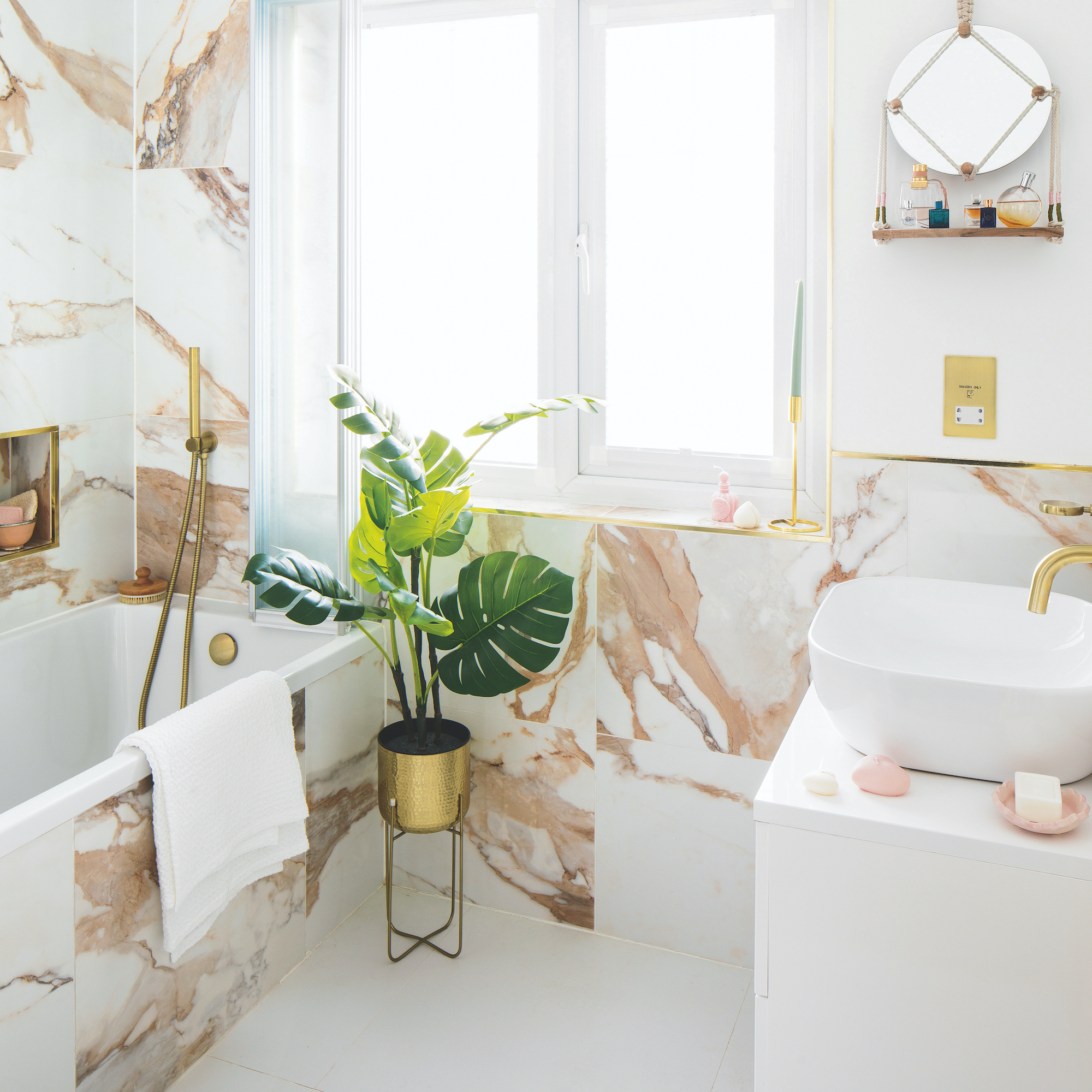
Should you tile all the walls in a small bathroom?
‘As a rule of thumb, there are key areas that should always be tiled, such as around a bath, shower area and as a splashback to your sink/vanity area – basically anywhere water may come into direct contact with your walls,’ says Grazzie Wilson, head of creative at Ca’Pietra. ‘Anywhere else you choose to tile in a small bathroom comes down to personal preference.’
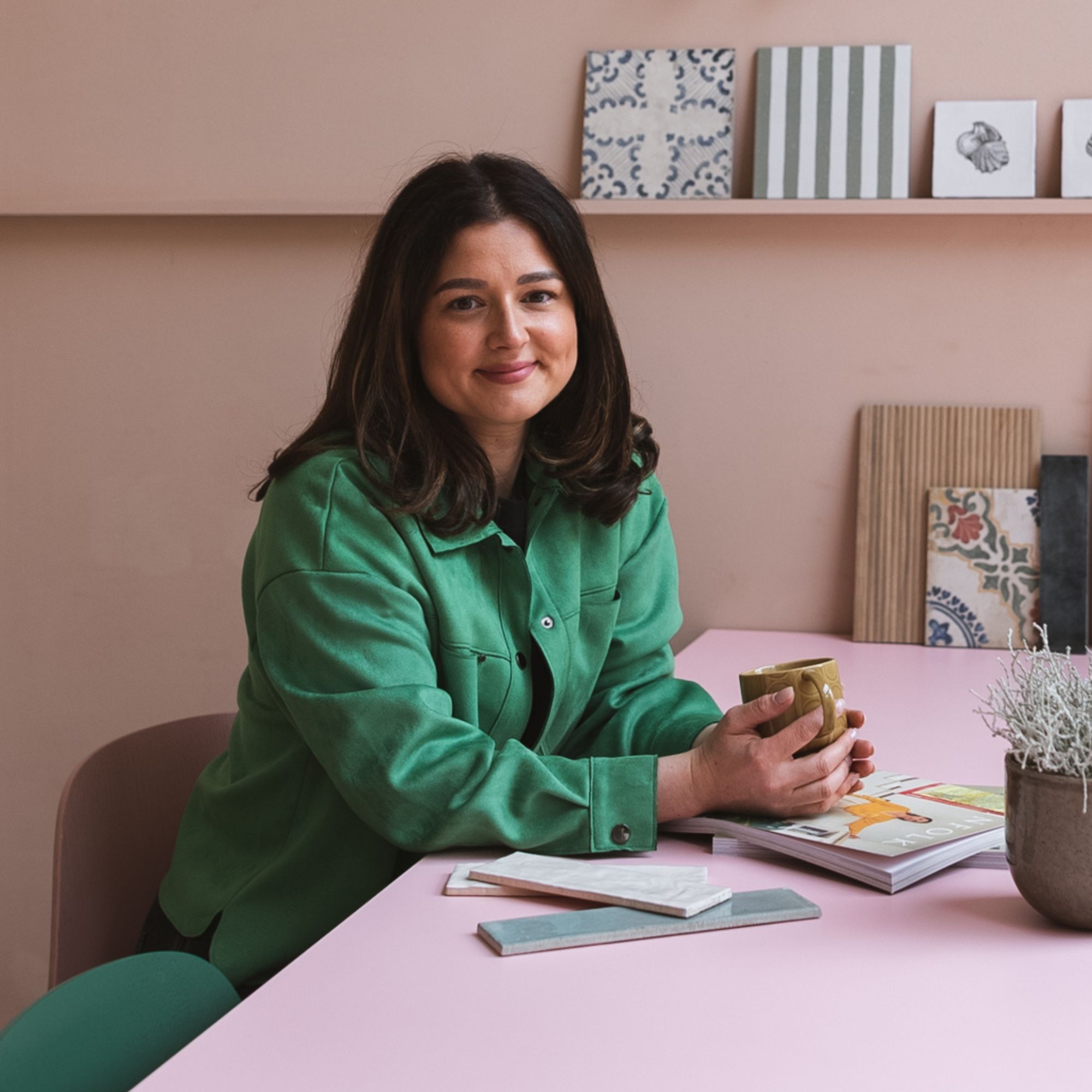
Grazzie has worked in the interiors industry for more than a decade. At Ca’ Pietra, one of the UK’s leading stone and tile brands, she heads up creative, overseeing product collections as well as the company’s distinctive brand, look and feel. Her stylists’ eye and passion for the technical side of tiling is unparalleled.
What are the benefits of tiling all the walls in a small bathroom?
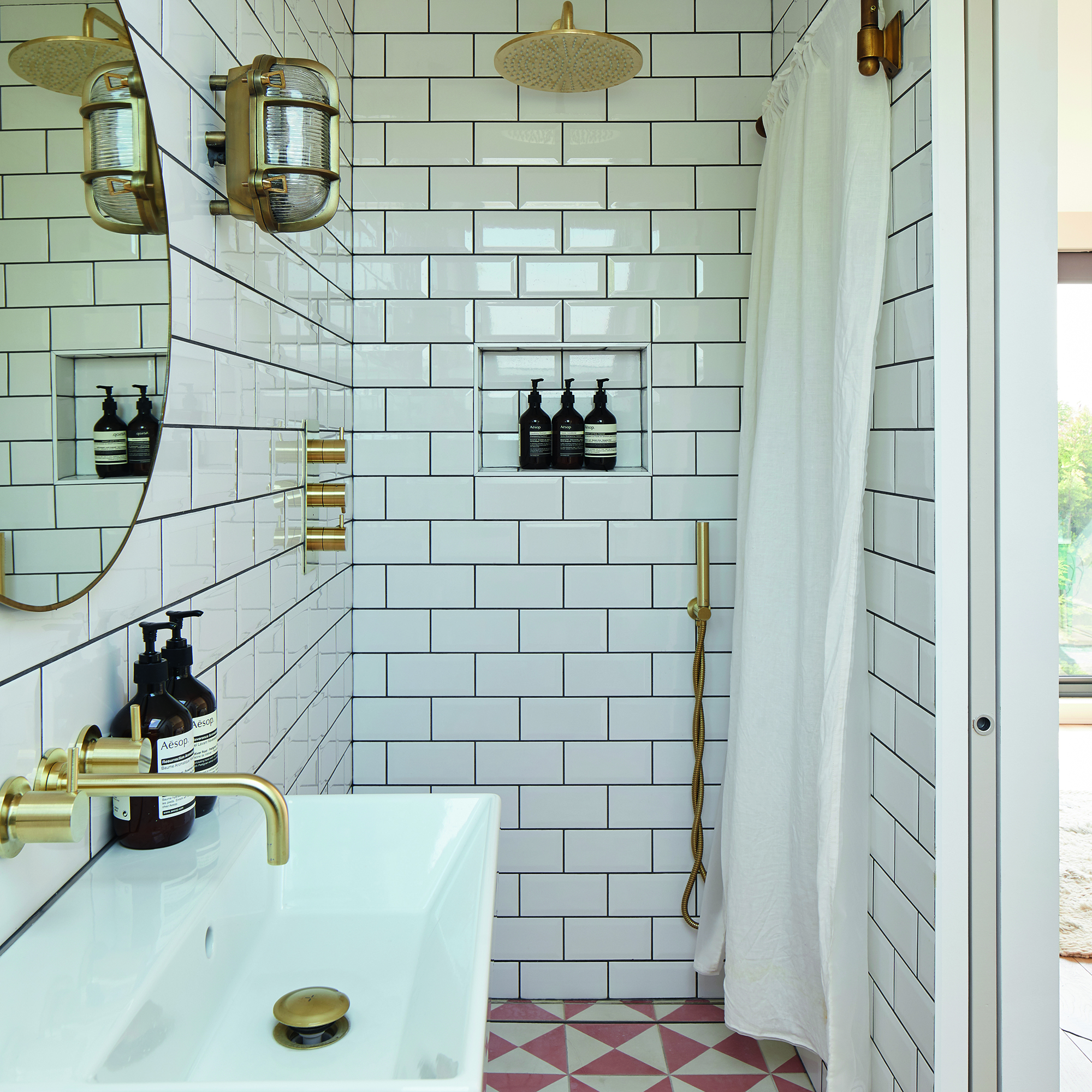
If you do decide to embrace fully tiled walls in your small bathroom, here are the main advantages:
Easy maintenance
Bathroom tile ideas are much easier to keep clean and maintain compared to painted or wallpapered walls. They resist stains, mildew and discolouration and won’t bubble or peel. Simply wipe down the walls to keep them looking fresh and clean.
Durability
Tiles are highly durable, especially if you choose ceramic or porcelain, and can easily withstand moisture rich environments. By tiling all walls, you can protect your bathroom surfaces and avoid redecorating for many years to come.
Serious splash protection
‘Your bathroom will be 100% waterproof, if tiled correctly, which means that if it is being used by different generations, including young children who may get a little boisterous at bath time, you won’t have to worry about a thing,’ says Grazzie.
Space boosting
Using the same tiles throughout can create a seamless, cohesive look that makes a small bathroom appear larger. The continuous surface minimises visual breaks (large format tiles are best), opening up the space and making it look more expansive.
Increased property value
A fully tiled bathroom is often considered a luxury feature that can bump up your home’s sale appeal. It can attract potential buyers looking for a stylish and practical bathroom that won’t need remedial work any time soon.
What are the cons of tiling all the walls in a small bathroom?
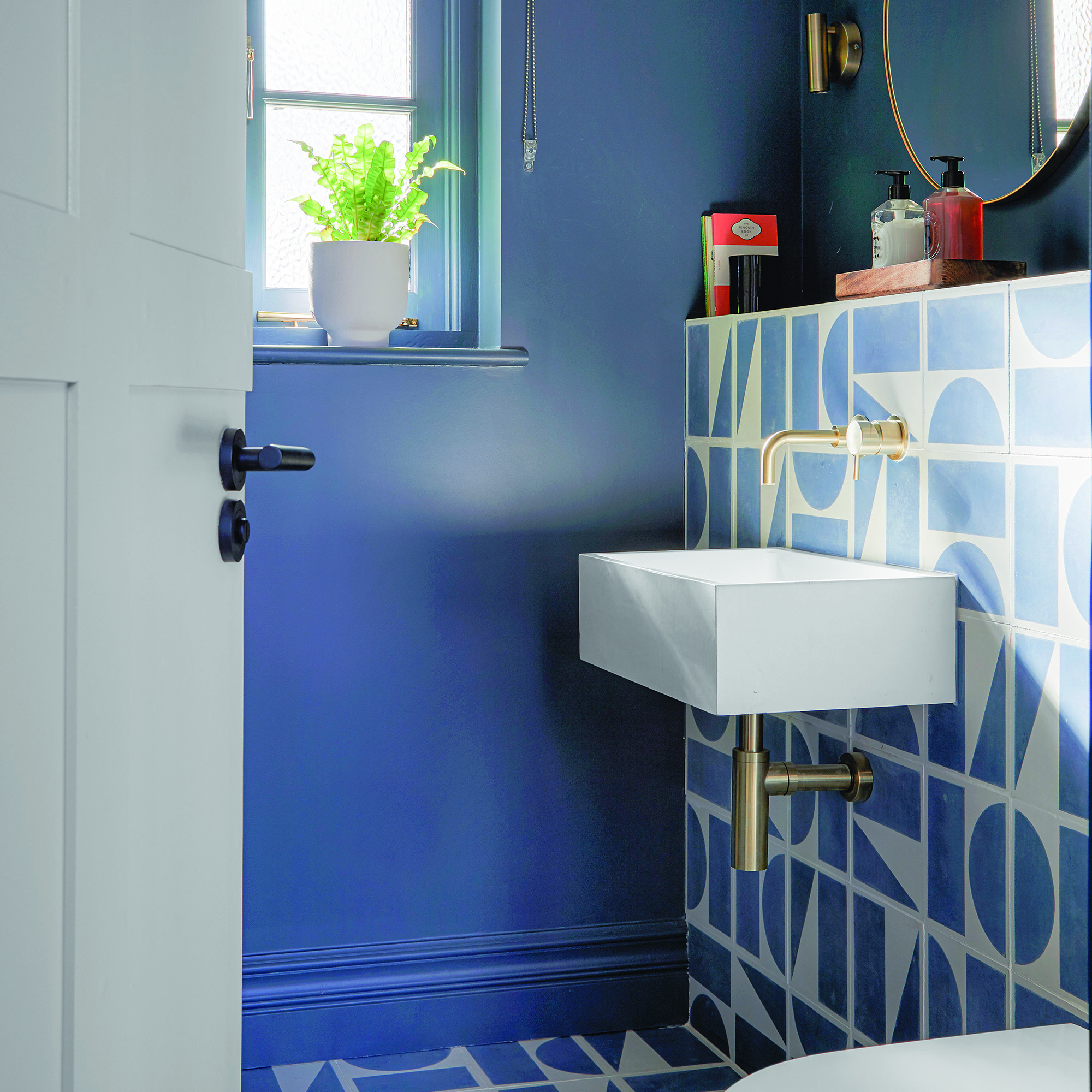
There are also some drawbacks to note when wondering should you tile all the walls in a small bathroom. Here are the main disadvantages:
Increased costs
‘Fully tiling from floor to ceiling will mean you’ll need more tiles, which will add a significant amount of cost to the job, both in terms of buying the tiles but also labour costs. You’ll also need to factor in the cost of prepping the surface, adhesive and grout,’ says Grazzie from Ca’Pietra.
Time consuming
Compared to slapping some paint on the walls, tiling requires a lot more time and effort. Your bathroom will be out of action for longer during the reno process, and it will impact on labour costs, too.
Sterile atmosphere
Tiles are cold to the touch, especially in winter, which can lead to a chilly, unwelcoming atmosphere in your bathroom. They don’t absorb sound well either, which makes everything a little louder.
The dreaded grout
Sure, tiles are easy to clean but if you’ve ever suffered mouldy, black grout, you’ll be well aware of how hard it is to remove. Clean regularly to keep on top of mould. Sealing new grout is essential and should be re-done annually.
How much does it cost to tile all the walls vs half tile in a small bathroom?
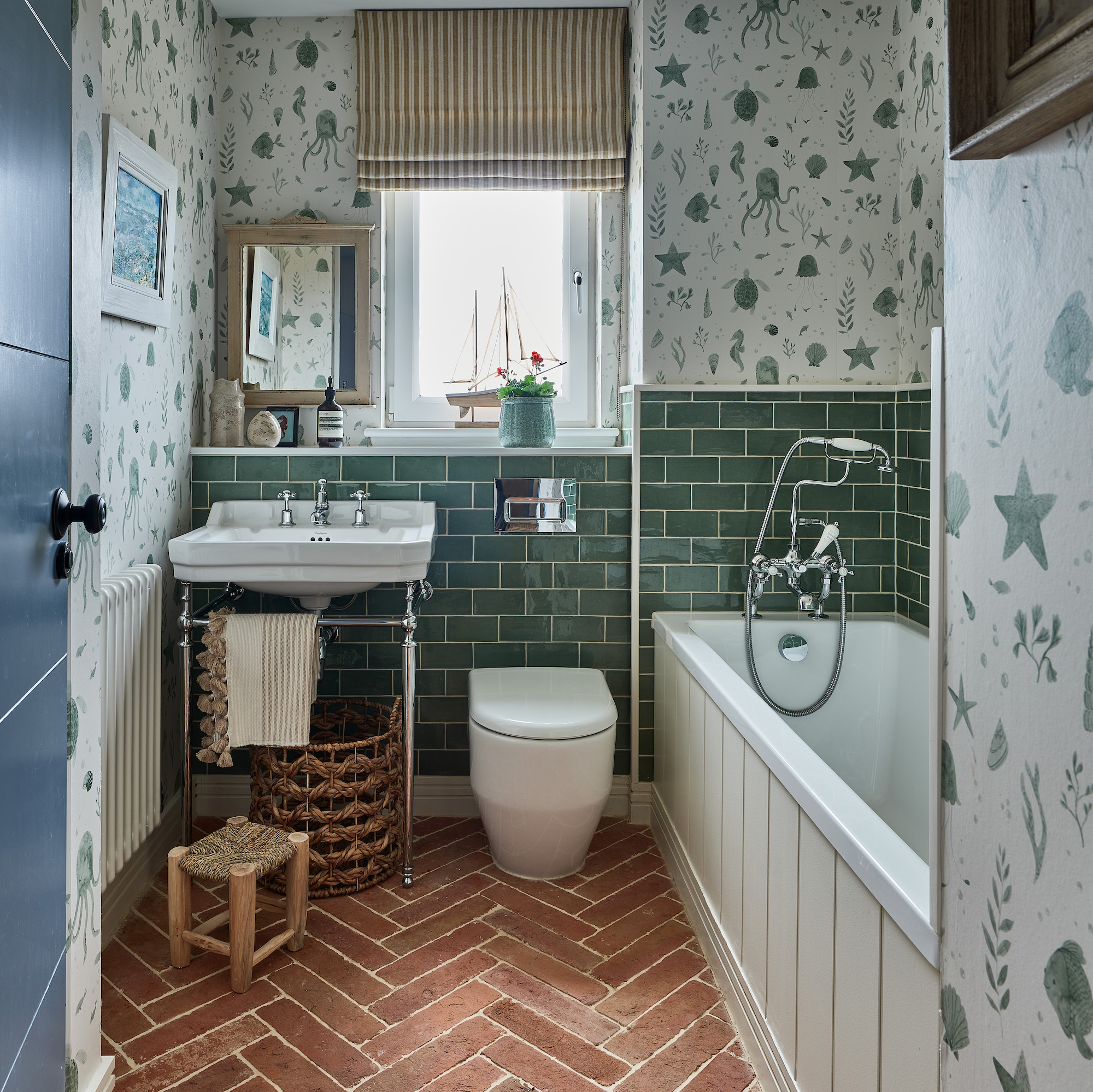
Choosing to tile half the walls can significantly reduce your costs – in fact it should slash them in half! This is because you’ll only be buying half the tiles, adhesive and grout, and it should take half the time. A little less assuming you are tiling the bottom half, which is easier to reach than the top.
If you are not tiling up to the ceiling, you will need to consider how to finish any non-tiled walls. ‘In general, painting walls is less expensive than tiling, but you will need to use specialist bathroom paint and repeat the process every few years. In the long term, tiling all the walls could work out cheaper and involve less work and upheaval,’ says Adam O’Malley, customer service manager at Tile Mountain.

As the Customer Service Manager at Tile Mountain, Adam combines his extensive tile expertise with exceptional customer service skills to ensure customers receive tailored solutions and expert guidance.
What’s the best grout colour for tiles in a small bathroom?
Deciding on the best grout colour for tiles in a small bathroom involves balancing looks and practicalities. ‘Opting for grout that blends in with the colour of your tiles will create a seamless look that visually enhances the sense of space. This is because fewer grout lines allow for better visual flow, making the walls or floors appear more expansive,’ advises Adam.
While colour contrasting grout, such as black grout with white tiles, can add visual interest and drama, it’s not always wise in small bathrooms (especially on small tiles) as it can quickly appear too busy. Unless you’re a fan of bleach, avoid pure white grout in small bathrooms – mildew or stains will be really noticeable. Either way, do make sure you've brushed up on how to clean grout properly.
Where should you tile in a bathroom to make the most impact?
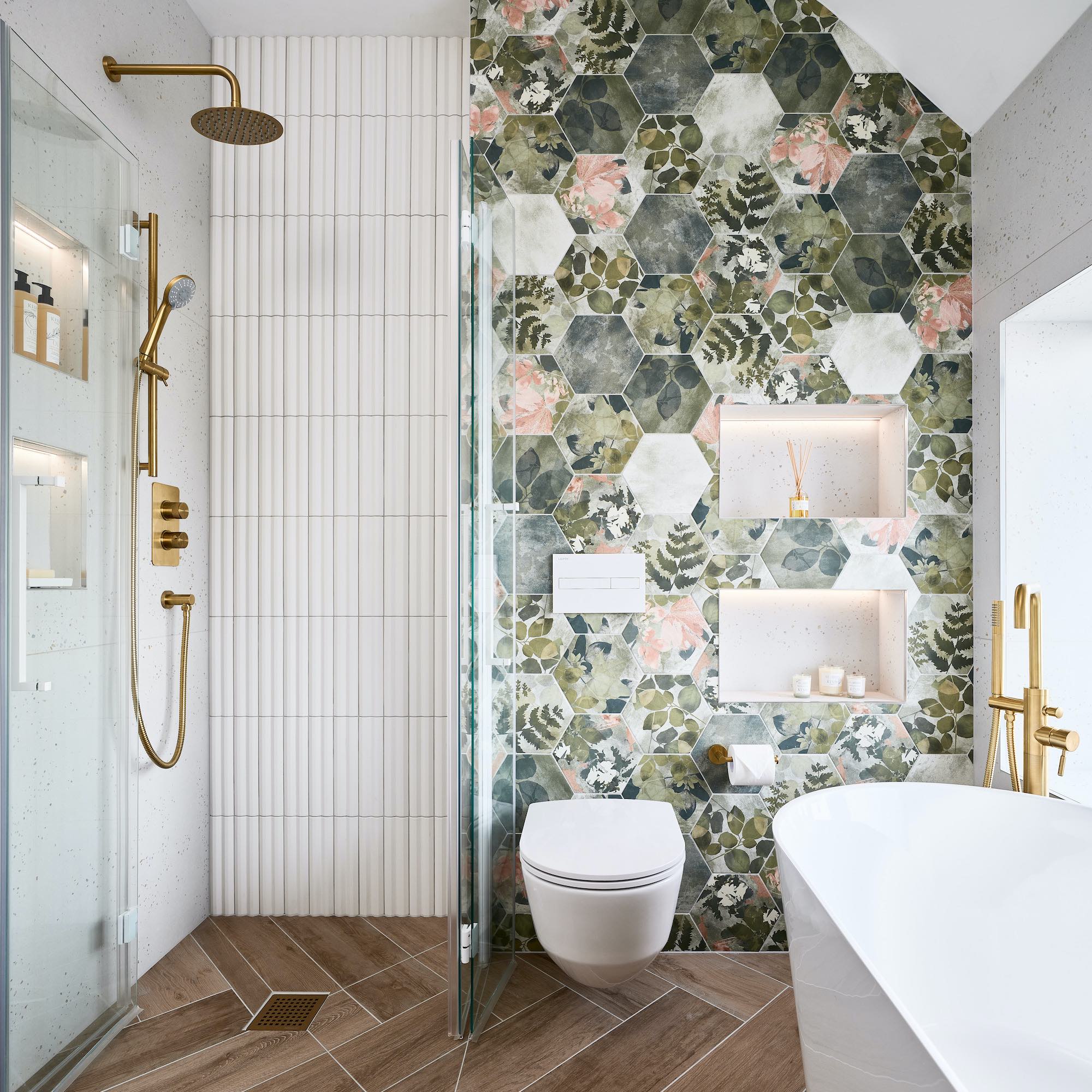
‘The key to making a significant impact with tiling in a bathroom is focusing on areas that draw the most attention,’ says James Sirett, director of product and sourcing at Fired Earth. ‘For smaller bathrooms, consider focusing the tiling on one key area such as the shower walls or the floor, and choose a bolder design that will draw the eye in.’
Always think about sightlines when planning impactful tiling. The best wall to make a splash on is the one directly facing you as you enter the bathroom. Tiling around the room’s main focal point, be that a freestanding bath, statement vanity unit or walk-in shower will also ensure your prized tiles are always in the spotlight.

James Sirett has spent his entire career in the tile industry. He first worked at Fired Earth in the mid-90s and rejoined the company in 2018. James is passionate about supporting artisan tile makers around the world and firmly believes in the transformative effect the right tiles (and colour) can have in a home.
What tile pattern is best for small bathrooms?
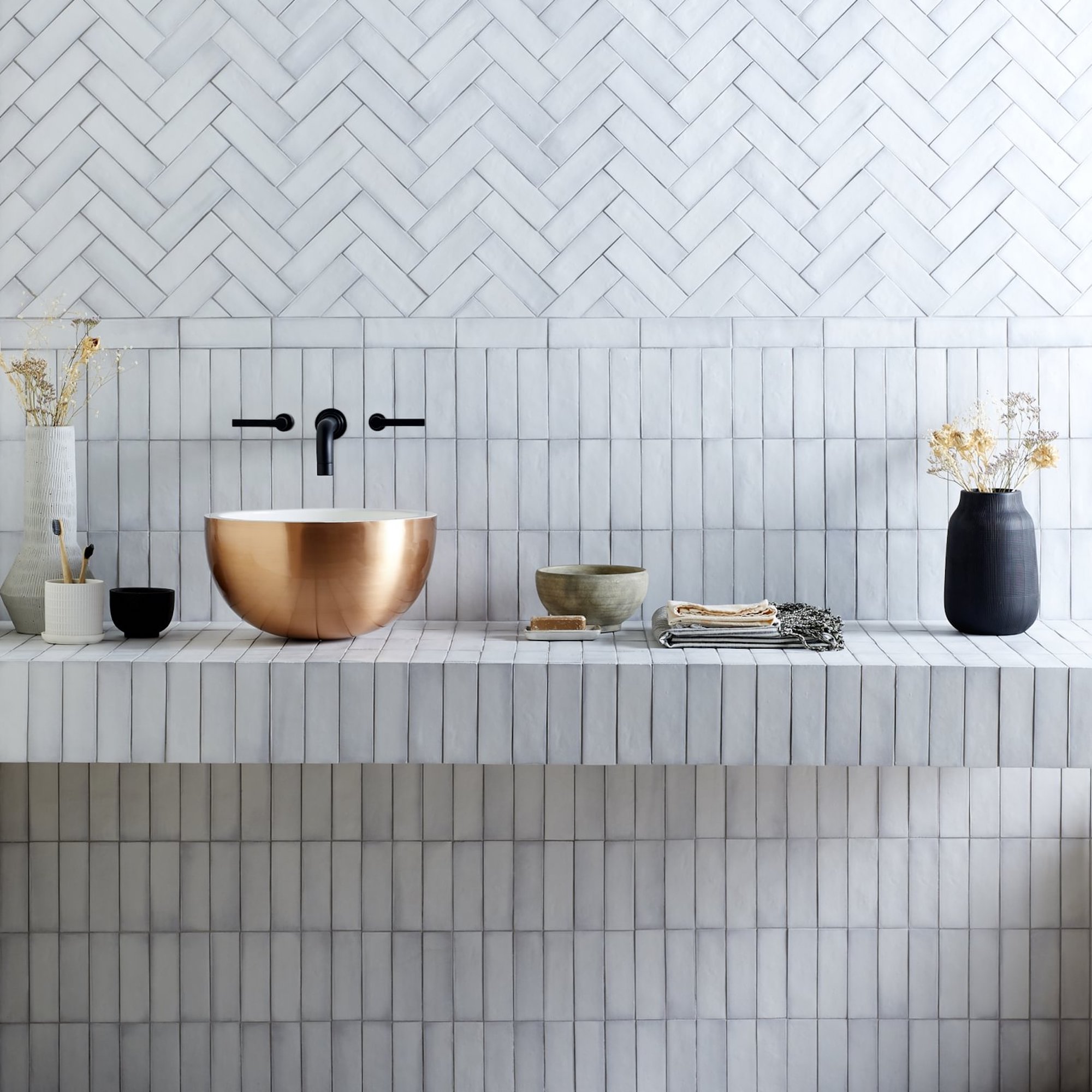
Choosing the right tile pattern can significantly impact the perception of space in a small bathroom. ‘Opting for a simple tile pattern like a classic subway layout or a herringbone design works well,’ recommends James. ‘These patterns create an illusion of space by elongating the room visually. Small scale patterns also work well in tight spaces.’
If you have fallen hard for tiles with a bold pattern, like a geometric print or floral design, consider using it on a feature wall with colour-coordinating plain field tiles elsewhere to avoid overwhelming a small space.
In a narrow bathroom, try tiling diagonally on the floors. This popular optical illusion can trick the eye into believing the room is wider and more expansive. Similarly, tiles with horizontal stripes can have a widening effect on walls.
Should you use the same tile on both floors and walls?
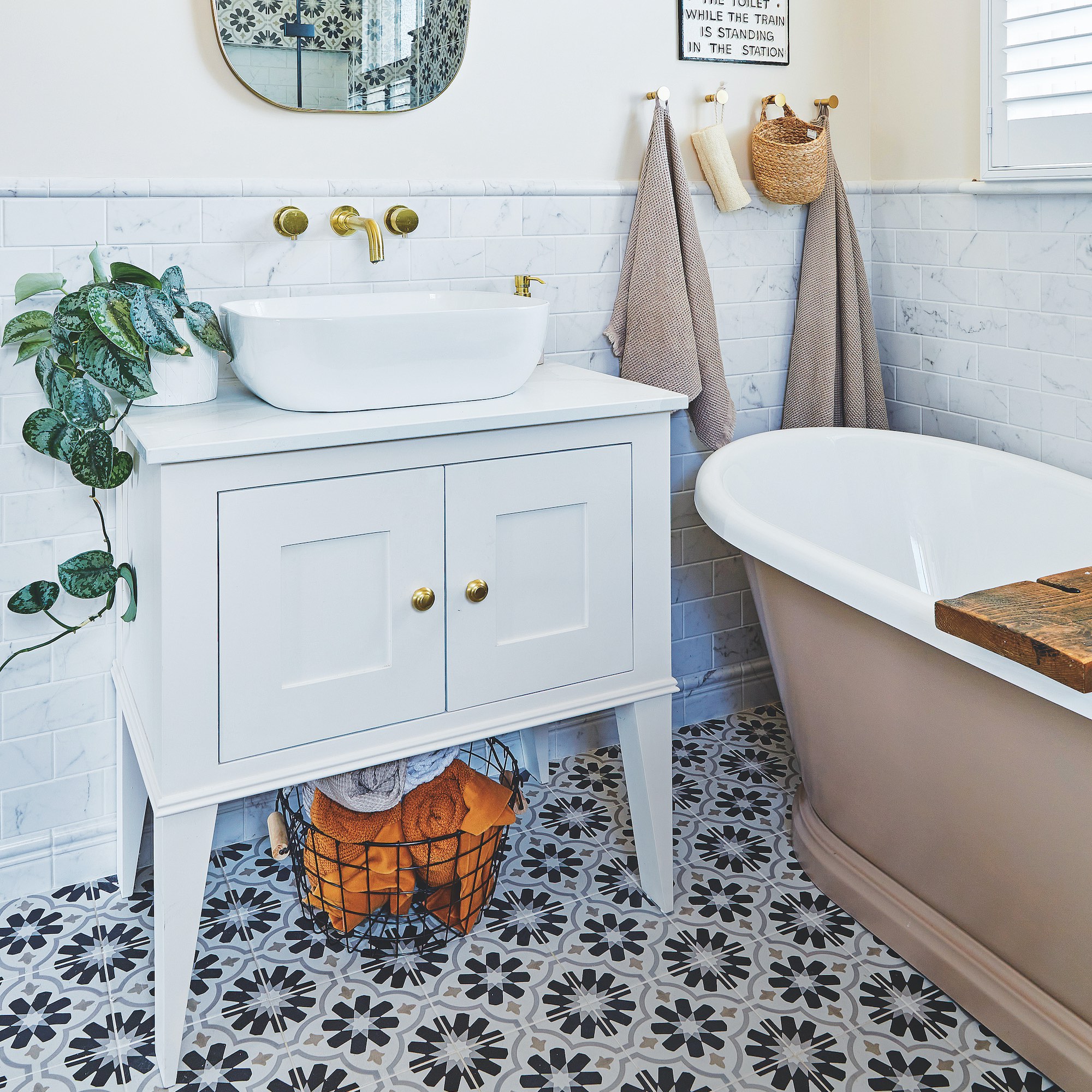
‘Using the same tile on both floors and walls can create a harmonious and unified look in a bathroom, particularly in smaller spaces where the continuity helps to make the space seem larger,’ says James from Fired Earth. ‘Consider varying the tile size or shape to subtly add visual interest while maintaining the overall design aesthetic.’
This floor-to-ceiling approach works best using simpler tiles in pale colours. If you are planning tiles in bold designs and/or strong colours, focusing them on the floor and using less busy tiles on the walls is a clever way to avoid visual overwhelm.
What are the best alternatives to tiling walls?
As the bathroom is constantly exposed to water and high levels of humidity and moisture, tiles are often the ideal solution, providing a stylish but practical finish to walls and floors. However, there are alternatives you can consider.
'Bathroom suitable wall panels provide a beautiful finish and can reduce the look of grout lines for a seamless appearance. They’re often made from quality porcelain, laminate or PVC, all of which provide durability and longevity so that your bathroom will stand up to the moisture and last,’ suggests Harriet Goodacre, style consultant at Topps Tiles.
‘They also come in a variety of colours, styles and finishes, from plainer styles for a pared back look, to marble and wood effect styles for a more luxe finish, there’s something for every bathroom interior,’ she adds.
Simply painting your walls in a bathroom friendly paint can also be a suitable option if your walls are in a good condition. Other options include waterproof wallpaper, micro-cement or panelling.

Harriet Goodacre has been a style consultant at Topps Tiles for 10 years. With expertise in interiors and bathroom tiling, she can provide advice on the latest trends alongside practical know-how for tiling any area of the home.
What size tiles are best in a small bathroom?
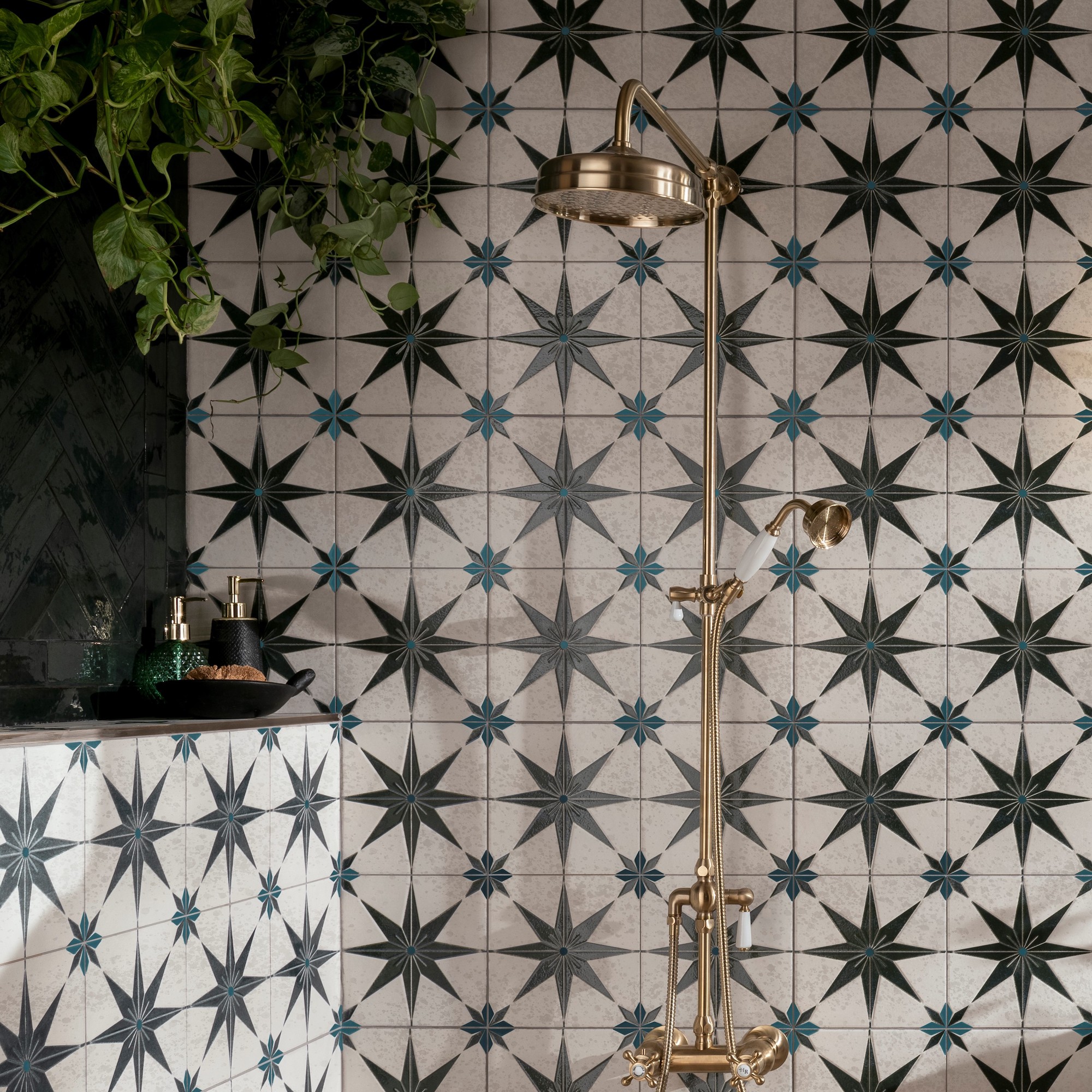
‘The size of the tile in a small bathroom can make a huge difference to its overall look and feel. For example, picking something that’s too big, such as an extra-large tile, can make the room feel overpowered, but going for something too small or intricate all over, such as a mosaic, could create quite a dominant look,’ says Harriet.
‘If you’re a mosaic fan, consider confining it to smaller areas of the bathroom, such as a splashback around the sink, so that it doesn’t make the room feel claustrophobic or closed in.’
When it comes to a small bathroom, Harriet believes medium tiles, around 30x60cm, are the sweet-spot size. ‘Striking that perfect balance between style and creating the illusion of more space, medium-sized tiles with a colour matching grout are your best friend in a small bathroom,’ she says.
Ultimately, whether you choose to tile all the walls, half of them or just a select few, the key is to create a beautiful design that meets your style and practical needs. Now, get shopping!
Get the Ideal Home Newsletter
Sign up to our newsletter for style and decor inspiration, house makeovers, project advice and more.

Linda Clayton is a professionally trained journalist, and has specialised in product design, interiors and fitness for more than two decades. Linda has written for a wide range of publications, from the Daily Telegraph and Guardian to Homes & Gardens and Livingetc. She has been freelancing for Ideal Home Magazine since 2008, covering design trends, home makeovers, product reviews and much more.
-
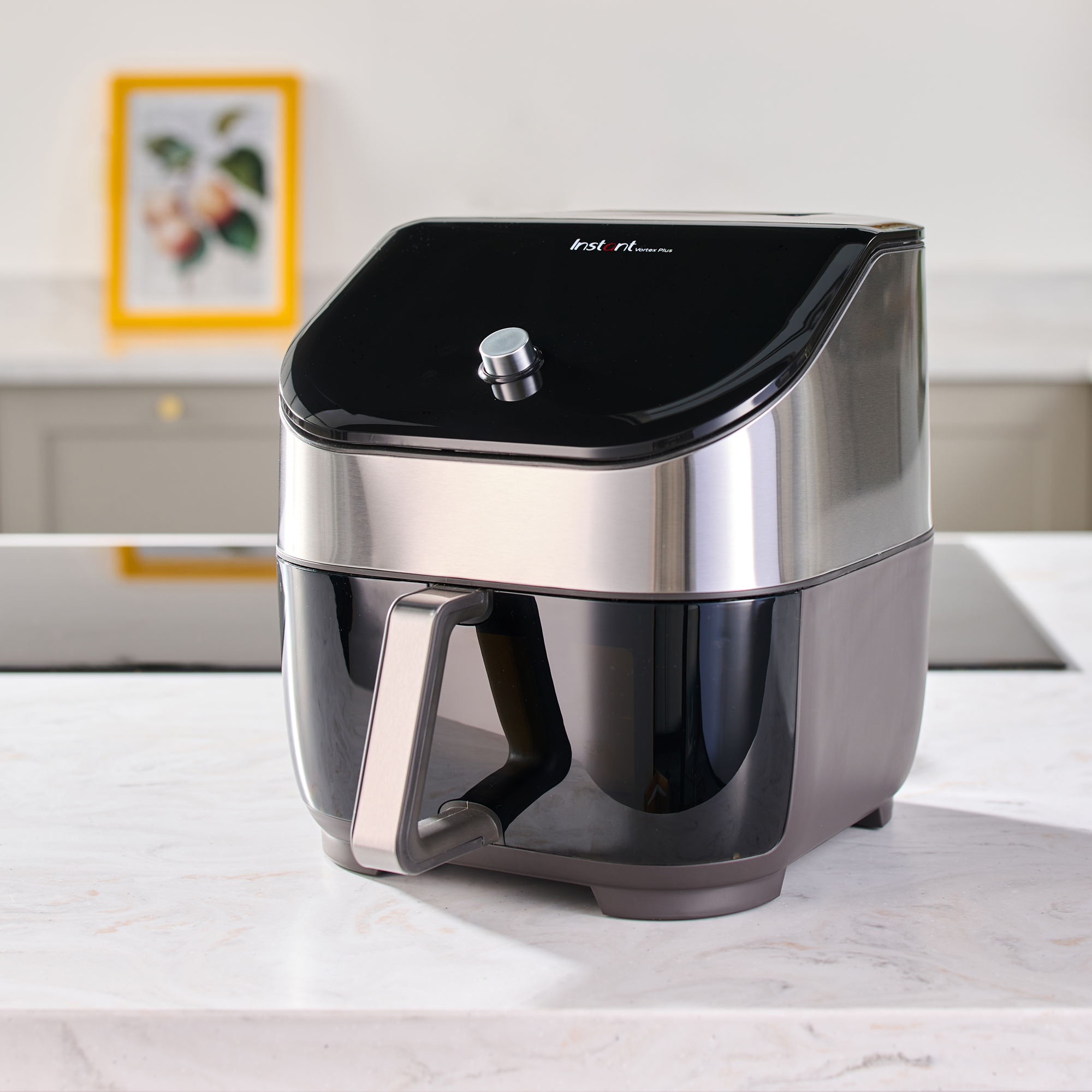 Should an air fryer be on display in a kitchen or hidden away? This is why I always keep my small appliances on the worktop
Should an air fryer be on display in a kitchen or hidden away? This is why I always keep my small appliances on the worktopAre you on team display or neatly hidden away? Share your opinion in the comments
By Rebecca Knight
-
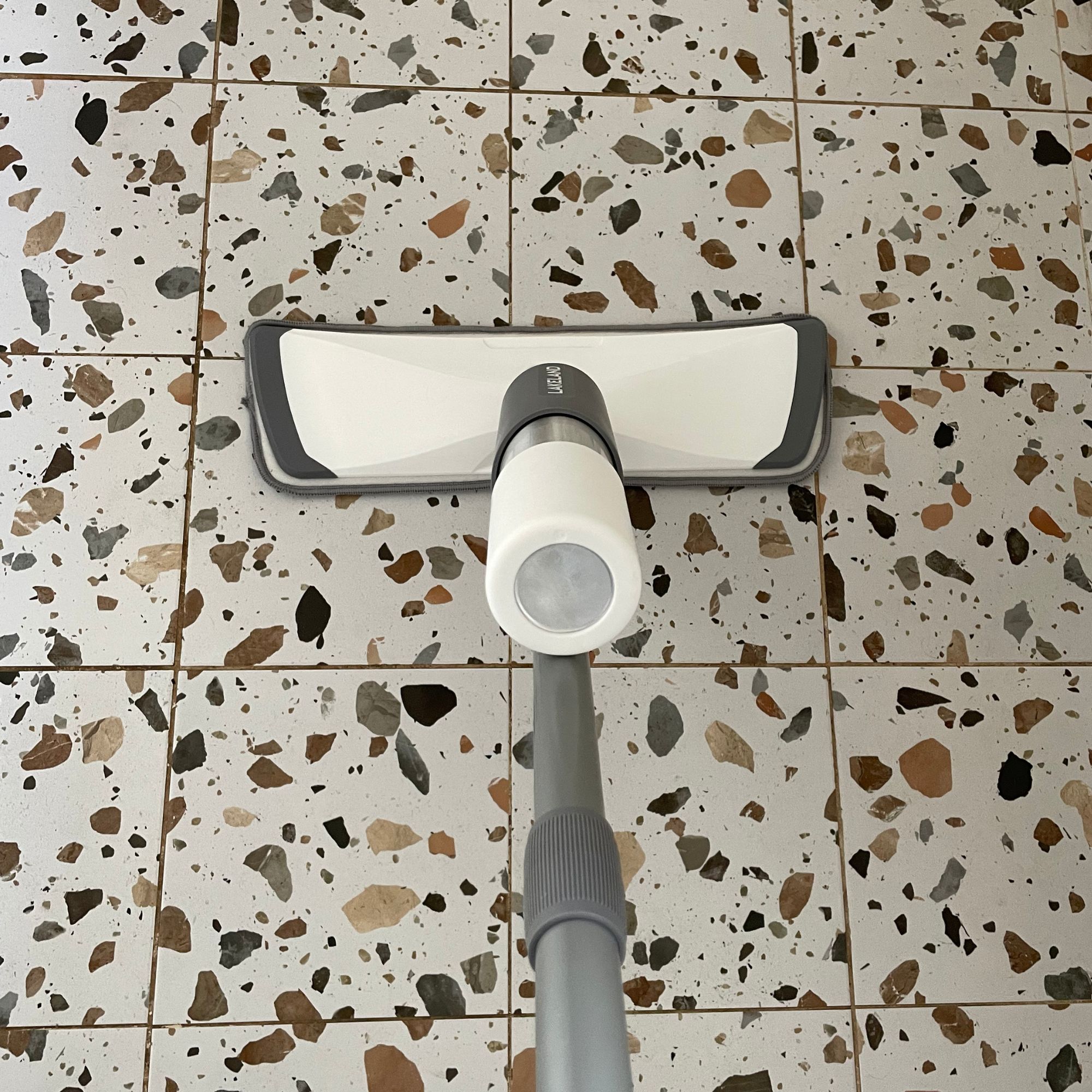 Experts warn that these 5 mopping mistakes are making your floors dirtier — and damaging your floors in the process
Experts warn that these 5 mopping mistakes are making your floors dirtier — and damaging your floors in the processThis is how to keep them clean and avoid costly damage
By Lauren Bradbury
-
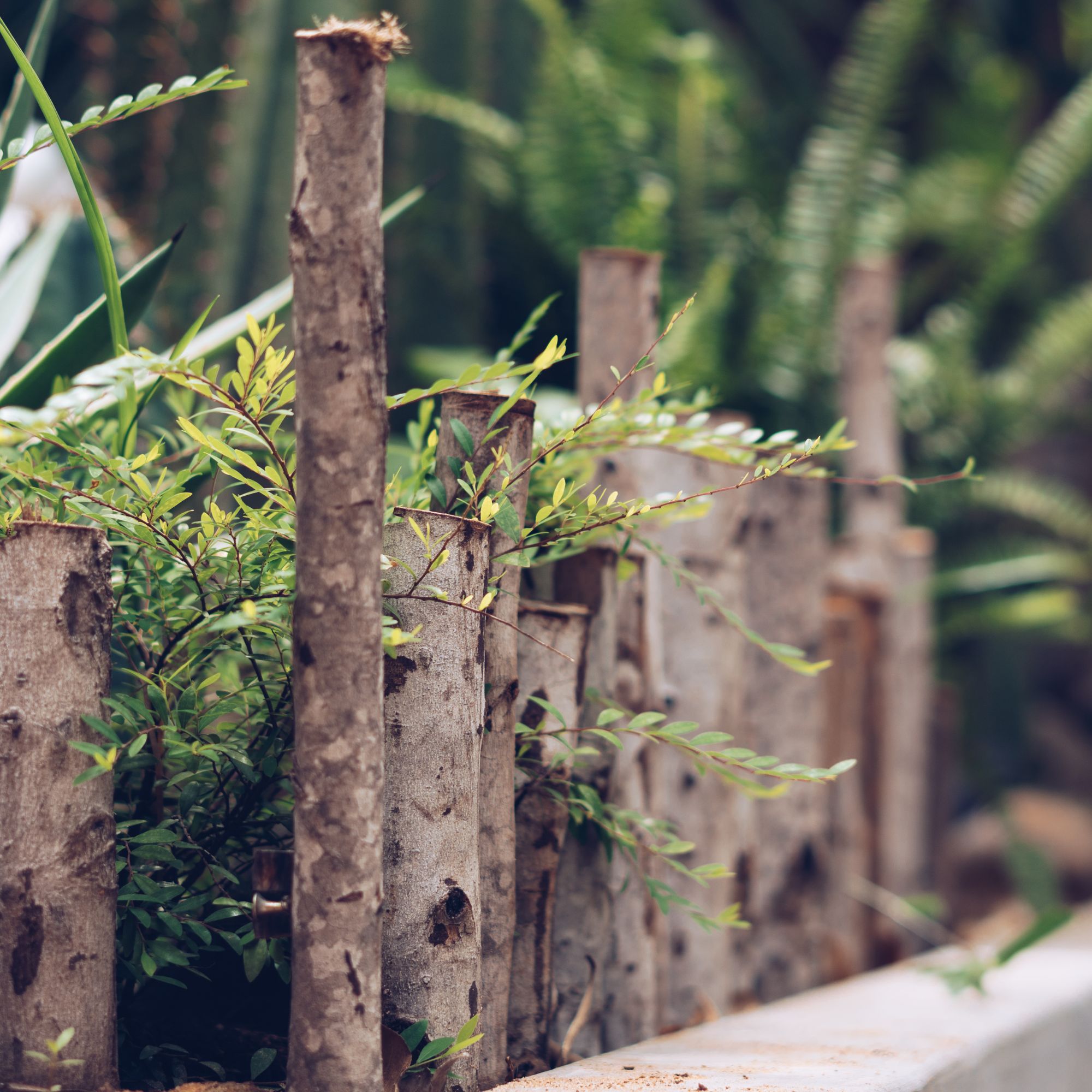 Move over, fences – dead hedges are the wild and wonderful alternative your garden will love and they're easier to build than you'd think
Move over, fences – dead hedges are the wild and wonderful alternative your garden will love and they're easier to build than you'd thinkThe perfect eco-friendly solution for small gardens
By Kayleigh Dray